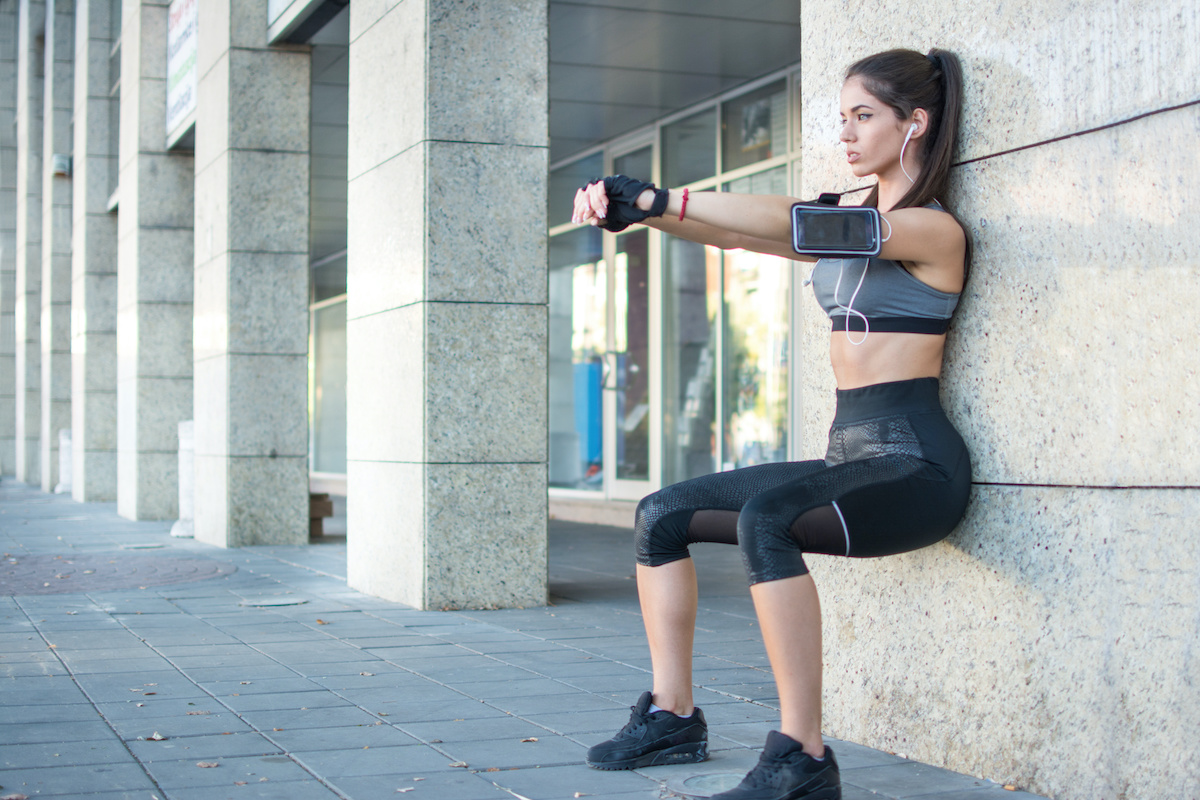If you’re dealing with high blood pressure, adding wall squats to your routine might be a powerful and simple solution. A recent study published in the British Journal of Sports Medicine identified the wall squat as one of the most effective exercises for reducing blood pressure. Researchers reviewed data from 270 randomized controlled trials involving 15,827 participants to compare the effects of various exercises on blood pressure. The types of exercise examined included isometric exercises, aerobic workouts, strength training, cross-training, and high-intensity interval training (HIIT).
Interestingly, the study found that isometric exercises—where muscles are contracted and held in tension without movement—were the most effective for lowering resting blood pressure. The researchers believe this is because isometric exercises momentarily reduce blood flow to the muscles while they’re under tension, creating a rebound effect that helps improve circulation and relax blood vessels when the contraction is released.
Among the isometric exercises reviewed, wall squats showed the strongest results, outperforming other exercises like isometric leg extensions and hand-grip exercises. On average, wall squats were shown to lower systolic blood pressure (the top number) by around 10 points and diastolic blood pressure (the bottom number) by 5 points. Dr. Jamie J. Edwards, Ph.D., from Canterbury Christ Church University in England, who led the study, suggests aiming for four 2-minute rounds of wall squats, done three times weekly. This short 16-minute workout doesn’t just benefit blood pressure; it also strengthens major muscle groups, including your core, glutes, quads, hamstrings, and calves.
How to Perform Wall Squats for Maximum Effect
Follow these steps to get the most out of your wall squat workout:
- Position Yourself: Stand with your back flat against a wall and your feet hip-width apart.
- Set Your Stance: Step your feet about 2 feet away from the wall.
- Squat Down: Bend your knees and slide down the wall until your legs form a 90-degree angle, as if you’re sitting on an invisible chair.
- Align and Hold: Keep your back pressed to the wall, ensuring your knees are aligned directly over your ankles. Avoid letting your knees move over your toes or splay outward. Hold this position for 2 minutes, engaging your core and taking deep, steady breaths.
- Rest and Repeat: After 2 minutes, rest for another 2 minutes before repeating the squat. Aim for a total of four rounds.
Including wall squats in your weekly routine could be a simple yet effective way to support healthy blood pressure levels while building strength. Give it a try and see the difference!

Subscribe To Our VIP Newsletter
Join our VIP mailing list to receive additional content that goes even deeper into the latest tips to ensure you and your families health, fitness and wellness.























